Deck & Commander Strategies

Keranos, God of Storms
Focuses on artifact synergies and spellcasting triggers to control the board and deal incremental damage, leveraging spells and artifacts to maintain advantage.

Zedruu the Greathearted
Utilizes control and political mechanics by exchanging permanents and forcing opponents to deal with unwanted cards, creating chaos and disruption across the table.
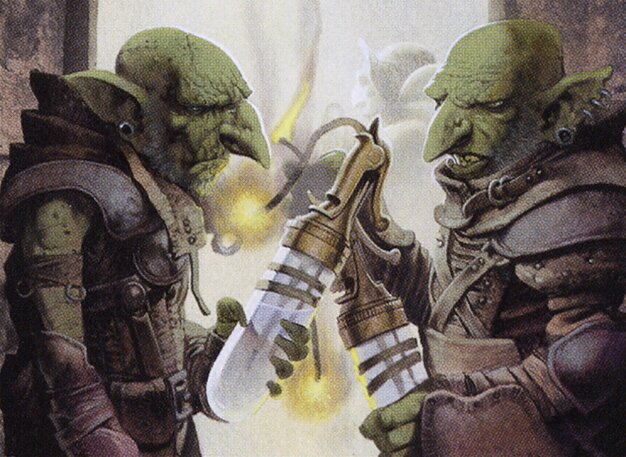
Shattergang Brothers
Employs sacrifice and removal synergy with versatile creatures and artifacts to control the board and apply pressure through efficient threats and disruption.

General Tazri
Leverages ally tribal synergies to generate card advantage and maintain board presence, focusing on assembling allies to overwhelm opponents with value and combat damage.
Gameplay Insights
- 1
The Zedruu player’s use of exchanging permanents and forcing opponents to deal with unwanted cards created dynamic table politics that shifted target priorities.
- 2
Board wipes at key moments reset the game state, forcing players to adapt quickly and rebuild their strategies under pressure.
- 3
The Shattergang Brothers deck effectively used sacrifice outlets and removal to maintain board control and pressure opponents consistently.
- 4
General Tazri’s ally synergies provided steady card advantage, allowing for sustained threats and resilience against board wipes.
- 5
Keranos’s artifact and spell synergy enabled incremental damage output while maintaining control over the board state.
- 6
Early aggressive plays and well-timed removal shaped the tempo and flow of the game, demonstrating the importance of balancing aggression with control in multiplayer formats.
Notable Cards
-

Shattergang Brothers
-
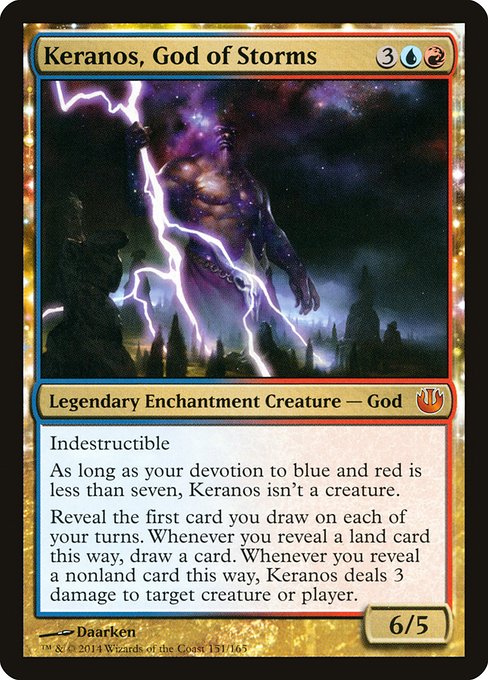
Keranos, God of Storms
-
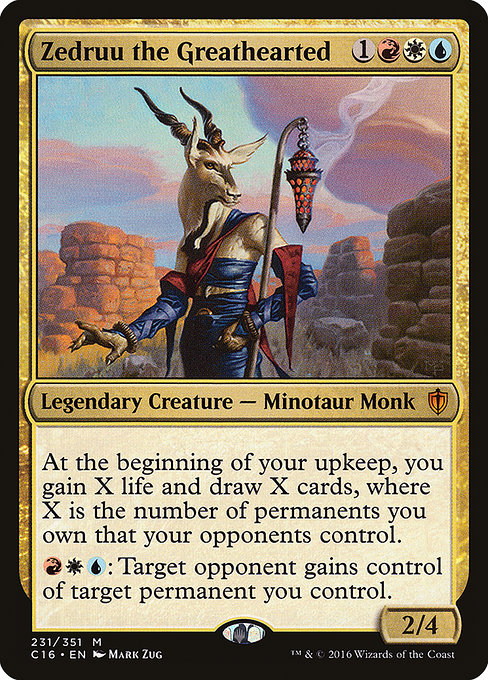
Zedruu the Greathearted
-
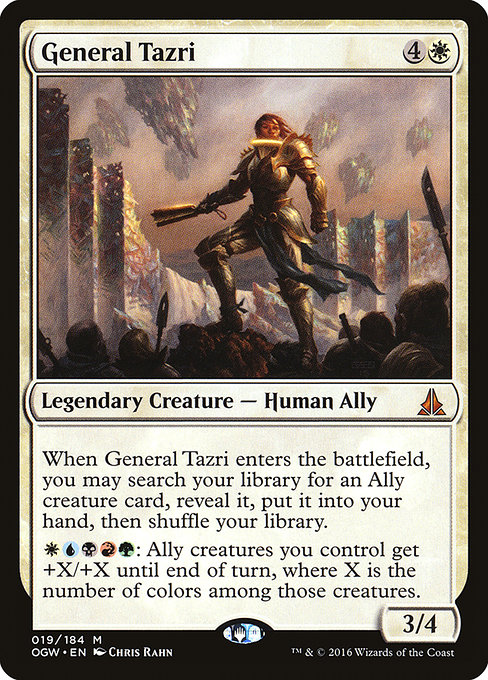
General Tazri
-
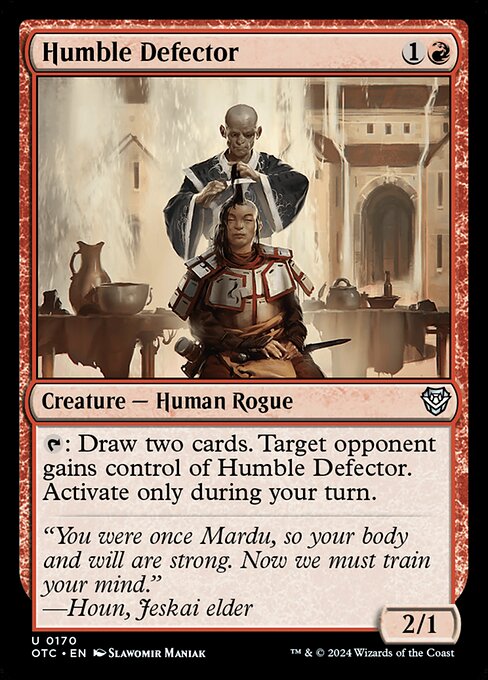
Humble Defector
-

Sulfur Falls
-

Sacred Foundry
-

Blood Crypt
-

Island
-

Forest
Gameplay Summary
The game began with each player piloting a distinct deck featuring different commanders and strategies, including a blue-red artifacts-focused Keranos deck, a political-themed Zedruu deck centered on exchanging and gaining control of permanents, an ally-centric General Tazri deck, and a Shattergang Brothers deck themed around Kevin Walker artwork.
Early turns involved setting up board presence and developing mana bases, with some players taking an aggressive stance and others preparing for longer-term strategies.
A critical early move was the casting of multiple creatures to establish board control and applying pressure.
As the game unfolded, political maneuvering and forced exchanges caused shifting alliances and targets, notably from the Zedruu player leveraging control and gifting mechanics to disrupt opponents.
The Shattergang Brothers deck demonstrated strong synergy with artifact and removal elements, applying consistent pressure through versatile creatures.
The General Tazri deck utilized ally synergies to generate value and card advantage, while Keranos's player focused on artifact synergies and spellcasting triggers to maintain control and incremental damage.
Key turning points included strategic board wipes and well-timed removal spells that reset the board, forcing players to rebuild.
The game’s climax involved players attempting to leverage combinations of creatures and artifacts for decisive damage or control locks.
Ultimately, the game showcased a dynamic multiplayer interaction where political plays and targeted removal shaped the outcome, with the win condition revolving around incremental damage through combat and spell triggers combined with control elements to diminish opponents’ resources.
![Commander VS S5E5: ??? vs ??? vs ??? vs ??? [MtG Multiplayer] thumbnail](https://i.ytimg.com/vi/IoN5gMmHpbg/maxresdefault.jpg)








![Commander VS S2E4: ????? vs ????? vs ????? vs ????? [MtG: Multiplayer] thumbnail](https://i.ytimg.com/vi/AtG_lLI-VXw/sddefault.jpg)
![Commander Vs S2E3: Ayli vs Kozilek vs Tazri vs Mina and Denn [MtG: Multiplayer] thumbnail](https://i.ytimg.com/vi/bGHd9YWbpCM/sddefault.jpg)
![Commander VS S1E2: Keranos v. Marchesa v. Animar v. Ruric Thar [MTG Multiplayer] thumbnail](https://i.ytimg.com/vi/zQYgG45Yzuk/sddefault.jpg)

























